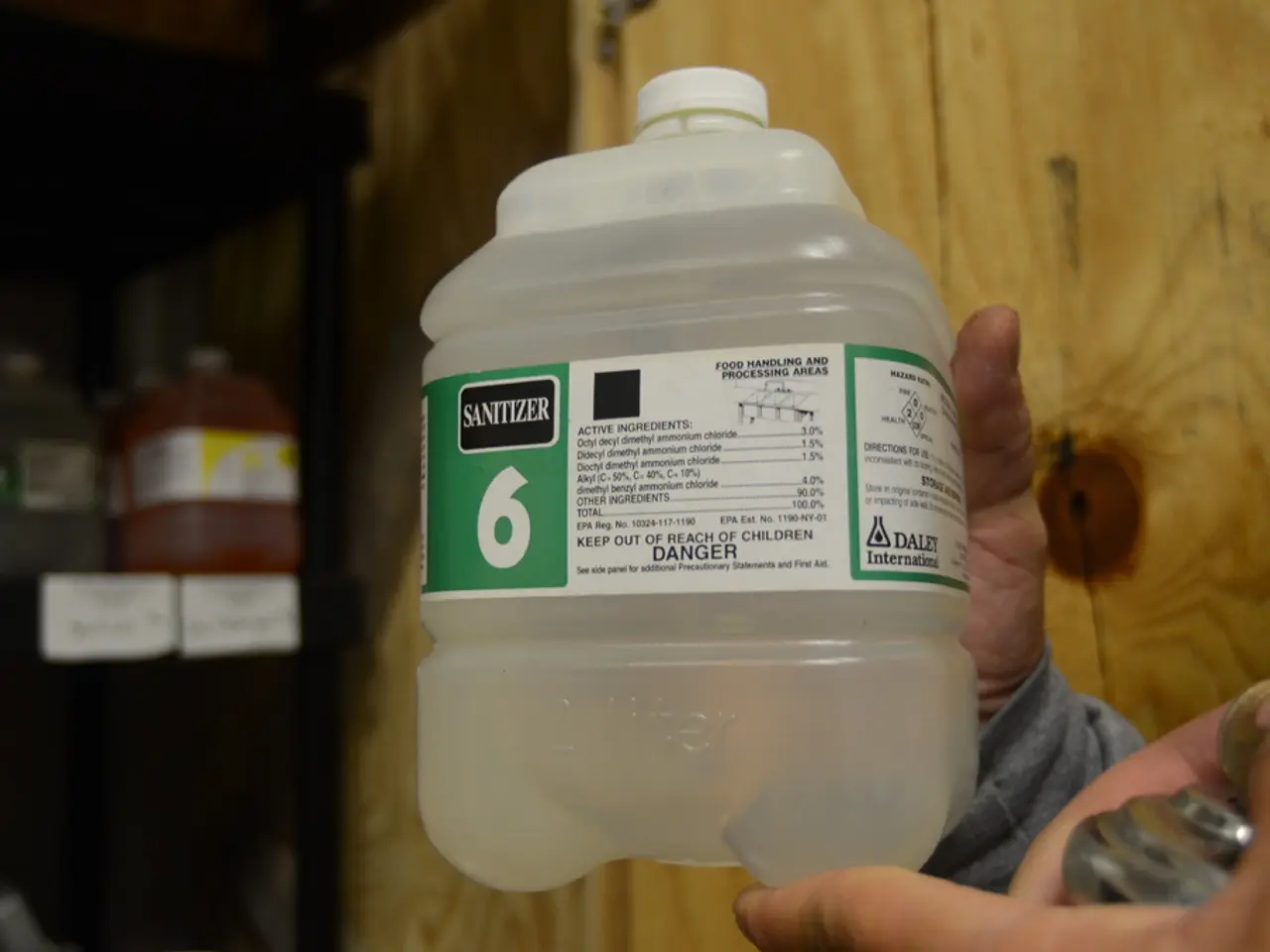Minimizing the Threat of Antibiotic Resistance
Antimicrobial Resistance: A Growing Concern in New Zealand and Beyond
Antimicrobial resistance (AMR) continues to pose a significant threat to global health, including in Aotearoa New Zealand. The Office of the Prime Minister's Chief Science Advisor's Infectious Disease and Antimicrobial Resistance report (2018-2024) outlines a series of recommendations to unite New Zealand against this challenge [1].
AMR is a complex issue that transcends human health, requiring cooperation among professionals in the fields of human, animal, and environmental health. Known as the One Health approach, this strategy recognizes the interdependence of these sectors and aims to achieve optimal health outcomes [2].
At the heart of AMR is the development of resistance by bacteria, not the person or animal. This resistance occurs when harmful germs defeat drugs designed to kill them, and any antibiotic use can lead to resistance [3].
In the past, antibiotics were used as growth promoters in animal feed, but this practice was banned in New Zealand in 2002 due to concerns about antibiotic resistance. Today, antibiotics are only used in farm animals to treat or prevent disease when prescribed by a veterinarian [4].
World Antimicrobial Awareness Week (WAAW), held annually from 18-24 November, is a global campaign to increase awareness and understanding of AMR and encourage best practices among the public. Practicing good hygiene, such as washing hands regularly and after touching animals, can help prevent AMR. Vaccination for both humans and pets can also help keep everyone healthy and reduce the risk of infection [5].
The consequences of AMR are severe. Currently, it causes over 1.27 million deaths annually, a figure projected to reach 10 million deaths per year by 2050. In New Zealand, drug-resistant infections cause about 330 deaths and incur healthcare costs of approximately $226 million annually [6].
Resistance genes are widespread in agricultural environments, highlighting risks in food systems and the need for improved farm management and hygiene practices to mitigate spread. For instance, raw milk from dairy farms has been shown to harbor high levels of resistance genes to several antibiotic classes [7].
Combatting AMR involves antimicrobial stewardship efforts, including restricting unnecessary antibiotic prescriptions in humans and animals, enhancing surveillance programs to monitor resistance trends, improving infection prevention measures, and educating healthcare professionals, farmers, and the public on responsible antimicrobial use [1][2][4].
The New Zealand Government is taking steps to reduce AMR risks, including the publication of the New Zealand Antimicrobial Resistance Action Plan in 2017. Sharing antibiotics with others who weren't prescribed them is not recommended.
In conclusion, while New Zealand currently experiences relatively low AMR rates with some areas of concern, the global situation is worsening with rising resistance, increased mortality, and economic impact. Addressing the problem requires integrated surveillance, stewardship, and management strategies across human health, agriculture, and environmental sectors, adopting the One Health approach to balance and optimize the health of people, animals, and ecosystems.
- In the realm of health and wellness, the One Health approach, which acknowledges the interconnectedness of human, animal, and environmental health, is crucial in combating antimicrobial resistance (AMR).
- To address AMR, environmental science plays a pivotal role in identifying and managing resistance genes in agricultural environments, ensuring improved farm management and hygiene practices to thwart their propagation.
- While CBD is not explicitly mentioned in the context of AMR, it is essential to note that environmental science, as a whole, is instrumental in creating sustainable therapies and treatments, thereby fostering healthier ecosystems and contributing to the broader fight against AMR.




